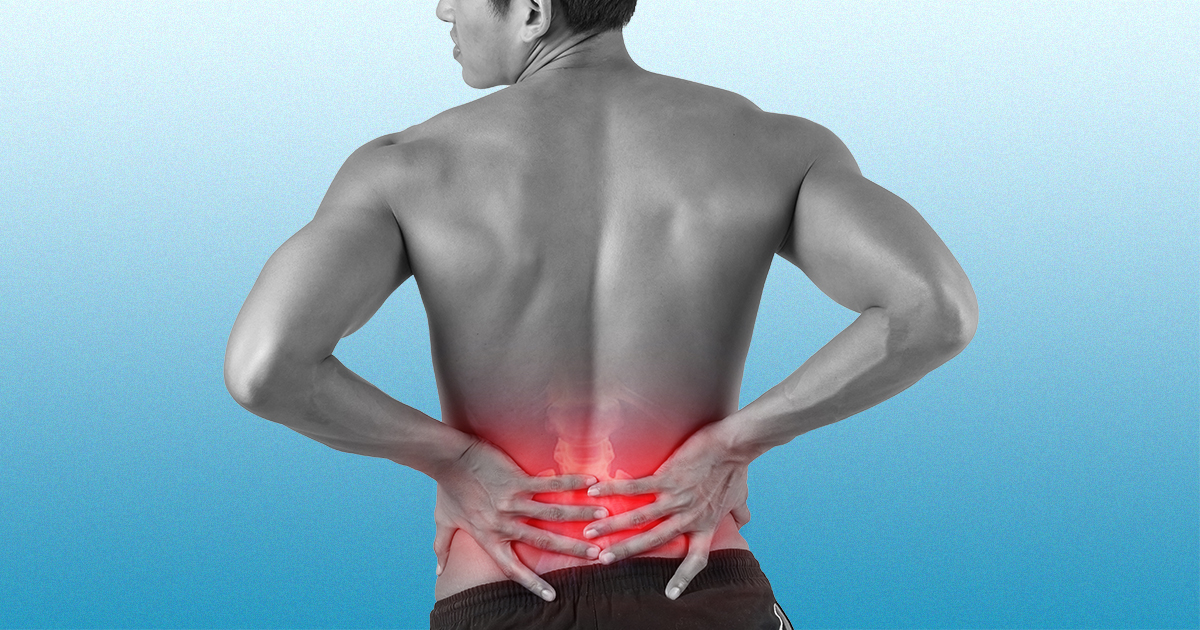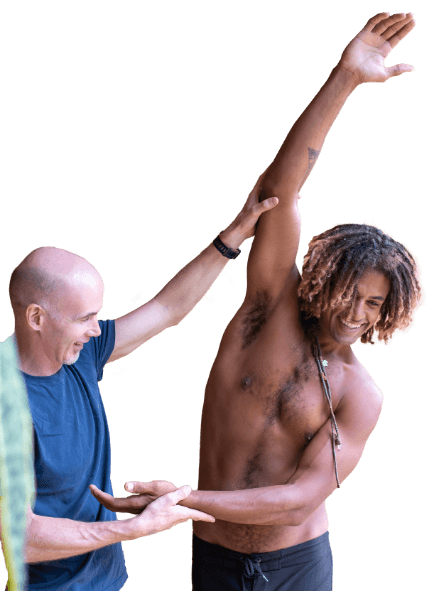
Up to 85% of people will experience back pain at some point in their lives. While most cases resolve within a few days, some are caused by a disc bulge or herniation and take longer to heal. These conditions occur when the gel-like center of the disc (the nucleus pulposus) gets squeezed out, putting pressure on the surrounding nerves and causing pain that can radiate down the leg, commonly known as sciatica.
It’s important to note that disc bulges are very common. Studies show that 29% of people in their 30s and up to 84% in their 80s have disc bulges without any associated pain. This highlights that not all disc bulges or herniations are cause for concern, but they are more prevalent than one might think.
One common mistake when dealing with a disc issue is stopping all exercise and physical activity. While initial rest is understandable, prolonged inactivity can lead to further problems. The spine’s muscles, such as the paraspinal muscles and muscular slings connecting the abdomen, back, and legs, need movement to function properly and facilitate healing.
Walking is particularly beneficial as it helps maintain proper spinal alignment and posture while gently pumping inflammation out of the affected area and bringing in fresh, nutrient-rich blood. Avoiding activity can weaken muscles and ligaments, exacerbating the problem and increasing the likelihood of future back pain episodes.
When dealing with a disc issue, the natural inclination may be to stretch the muscles causing pain, such as the hamstrings or calves. However, this can do more harm than good. Stretching the leg forward can tighten the sciatic nerve, pushing the disc bulge or herniation further into the surrounding tissues and exacerbating inflammation and pain.
Instead of traditional stretching, techniques like neural flossing, which gently mobilizes the nerve, may be more appropriate. It’s important to consult with a healthcare professional to determine the best course of action for your specific condition.
The discs in our spine are hydrophilic, meaning they attract water. At night, the discs absorb water and swell slightly, which is why we’re a bit taller in the morning. Throughout the day, gravity and movement push this water out, and proper movement replenishes the discs with nutrients and flushes out waste products.
If you don’t drink enough water, the discs can become dehydrated, making them less resilient and more susceptible to injury. Drinking a large glass of water first thing in the morning can help ensure your discs are well-hydrated and better equipped to handle the stresses of daily life.
MRI scans can be useful in diagnosing and confirming disc issues, but they should not be taken as gospel. The interpretation of MRI results can be subjective, with different radiologists and clinicians potentially arriving at different conclusions. Additionally, the technology and algorithms used to produce the images can vary between MRI machines and manufacturers.
It’s important to remember that the presence of a disc bulge or herniation on an MRI does not necessarily mean it is the sole cause of your pain. Many people have bulges and herniations without experiencing any symptoms. Instead of obsessing over the MRI report and worrying about surgery, focus on implementing appropriate exercises and lifestyle changes to manage your condition.
When dealing with a disc issue, it’s easy to become laser-focused on the specific problem area, such as the L5-S1 disc. However, it’s important to consider the bigger picture and how other factors may contribute to your condition.
For example, hip stiffness and a continued flexed posture can put additional stress on the L5-S1 disc, leading to a bulge or herniation. Addressing underlying health and postural issues through targeted exercises and lifestyle modifications can be just as important as managing the disc problem itself.
By avoiding these common mistakes and taking a holistic approach to your recovery, you can better manage your disc condition and reduce the risk of future episodes of back pain.
If you have specific concerns or would like personalized guidance on managing your back pain or scoliosis, send me a message via the Contact Us page or connect with me directly via email, Instagram, or Facebook. We can create a tailored plan to help you achieve your goals and live a healthier, pain-free life.

Over the last 10 years Ed has been building a YouTube library to help people manage their own pain or movement limitations and increase performance through exercise. He regularly adds videos so be sure to subscribe and visit regularly


"Oh My Gosh- I am ALREADY feeling relief after a few days! I used to wake up 2-3 times a night with shooting pain that anti inflammatories couldn't touch. Now I have been waking up just because I want to notice what it feels like to lay in bed pain free- THANK YOU!."

"When I first started with your program I was experience a lot of pain. Walking was difficult. I had to stop and catch my breath every few minutes and lean against a wall for support. Now when I walk with my husband we go for over an hour. I never had to sit down and stop...and, hardly any pain!!! 😊😊 I can’t thank you enough."
Frustrated that you aren't recovering fast enough?
Discover how to heal from illness and injury using movement, food and lifestyle.